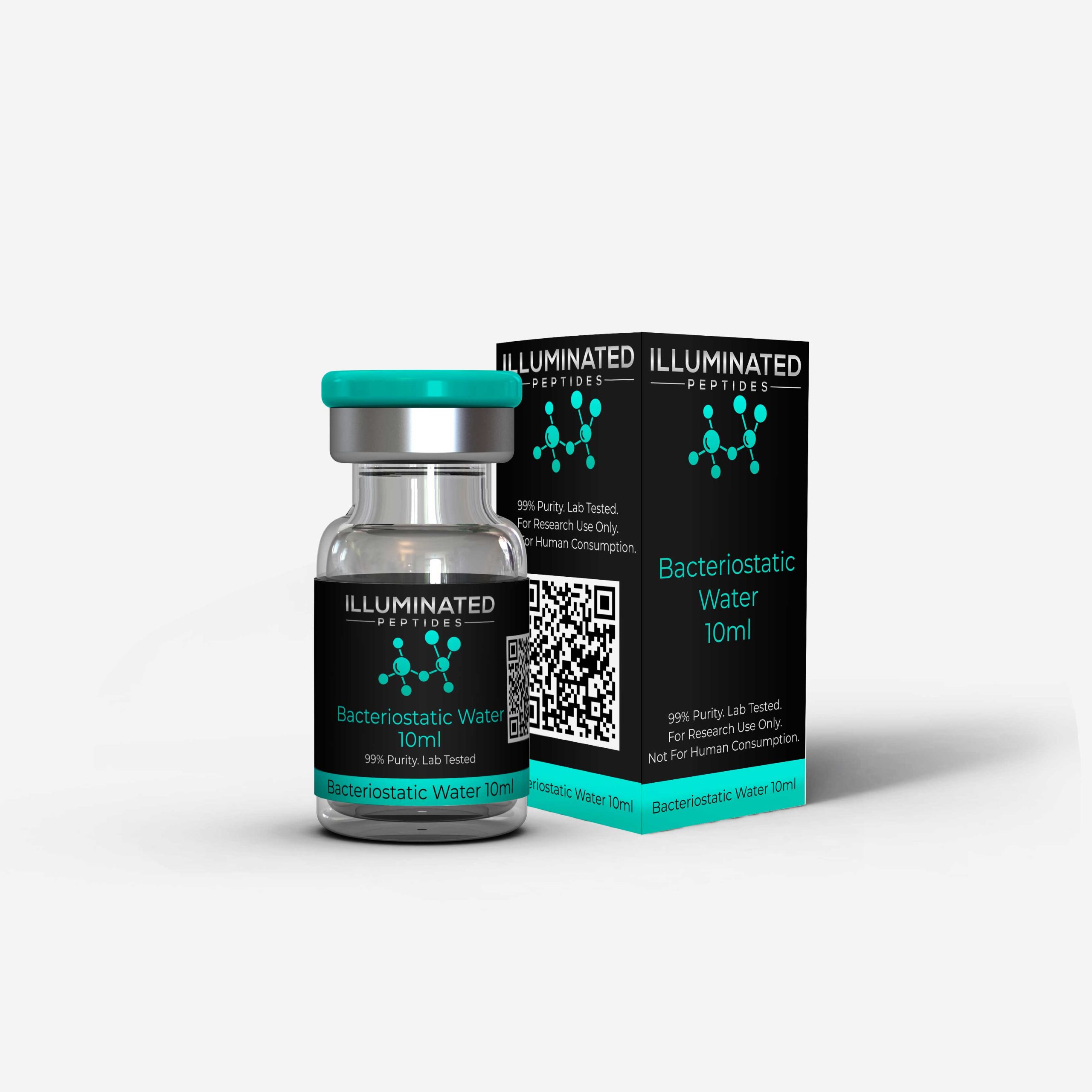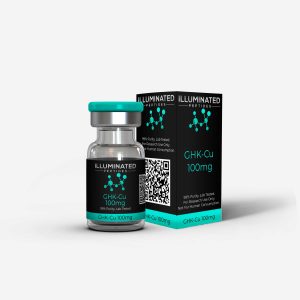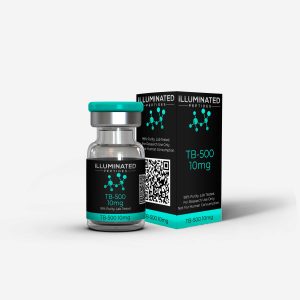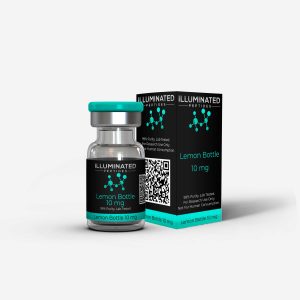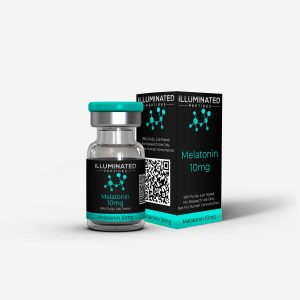Description
What is Bacteriostatic Water?
Bacteriostatic Water is a sterile, non-pyrogenic solution of water that contains 0.9% benzyl alcohol as a preservative, which inhibits the growth of potentially harmful microorganisms. Unlike sterile water for injection that is intended for single use, Bacteriostatic Water can be safely used multiple times from the same vial due to its antimicrobial properties.
In research and laboratory settings, it is most commonly utilized as a solvent or diluent for preparing injectable compounds, peptides, and medications. Its preservative content allows for extended stability after first puncture, providing convenience and reducing waste in multi-use applications.
Because it functions as a vehicle for reconstitution and not as an active compound itself, Bacteriostatic Water is an essential tool in experimental and clinical environments, ensuring precision, sterility, and safety in compound preparation.
Bacteriostatic Water Research
Bacteriostatic Water and Reconstitution
Bacteriostatic Water is most widely recognized for its role as a solvent and diluent in preparing injectable compounds. Unlike sterile water intended for single-use only, Bacteriostatic Water contains 0.9% benzyl alcohol, which inhibits bacterial growth and allows the solution to be used multiple times from the same vial. This preservative property makes it particularly useful for laboratory research requiring repeated reconstitution of peptides or other injectable substances.
Researchers rely on Bacteriostatic Water to maintain sterility and precision in experiments, as it ensures that compounds remain stable for extended periods following initial use. Its formulation provides a reliable medium for dissolving substances without interfering with the integrity of the compound being studied.
Overall, these qualities highlight Bacteriostatic Water’s importance in research settings, offering a safe and effective means of preparing and storing reconstituted materials.
Bacteriostatic Water and Stability
Studies have shown that Bacteriostatic Water can enhance the stability of reconstituted compounds compared to sterile water. By preventing microbial contamination, it reduces the risk of degradation and ensures more consistent experimental results.
In multi-use settings, this feature minimizes waste and provides researchers with flexibility, as small aliquots can be withdrawn over time without compromising the sterility of the solution. This makes it especially practical in laboratories where peptide and protein-based studies require repeated handling.
Bacteriostatic Water and Efficiency
Beyond its antimicrobial properties, Bacteriostatic Water contributes to efficient laboratory workflows. By allowing multiple withdrawals from a single vial, researchers save both time and resources compared to constantly opening new sterile water vials.
This efficiency supports cost-effective study designs and streamlines experimental procedures, making Bacteriostatic Water a valuable tool for long-term research projects involving injectable compounds.
Bacteriostatic Water and Safety
While Bacteriostatic Water is considered safe for research use, its inclusion of benzyl alcohol means it must be used appropriately and within recommended guidelines. The preservative ensures sterility but is not intended for neonatal or certain sensitive applications, a consideration researchers must account for in their study design.
Its widespread use in peptide research, compound reconstitution, and laboratory preparation underscores its role as a safe and reliable vehicle for scientific investigation when handled correctly.
Bacteriostatic Water and Applications in Research
Bacteriostatic Water has been highlighted as an essential resource across a wide range of experimental applications. From dissolving peptides and proteins to supporting the preparation of injectable research materials, it ensures sterility, stability, and precision.
Ongoing investigations continue to emphasize its value in experimental consistency and safety, reinforcing its status as a cornerstone material in laboratory and peptide-related studies.

